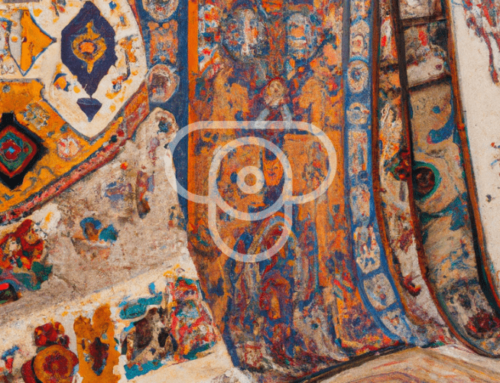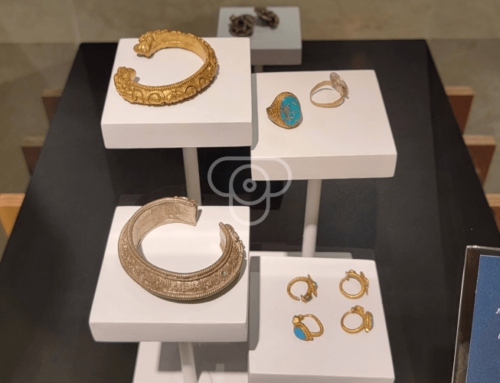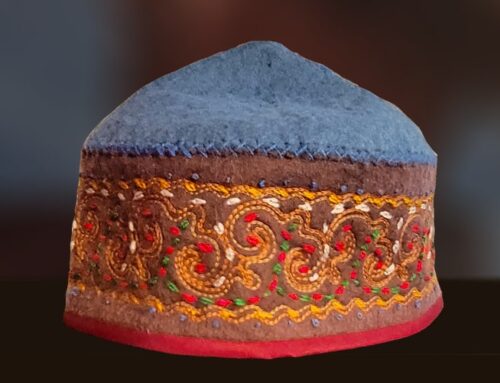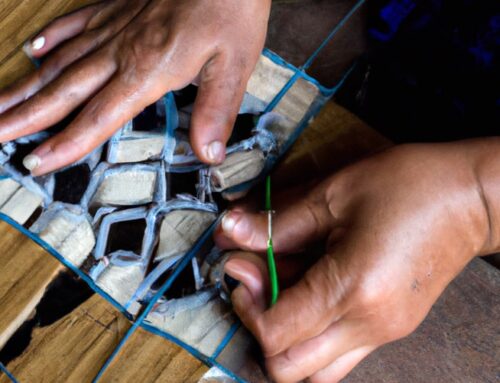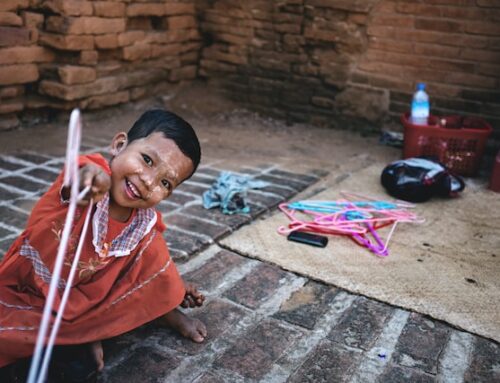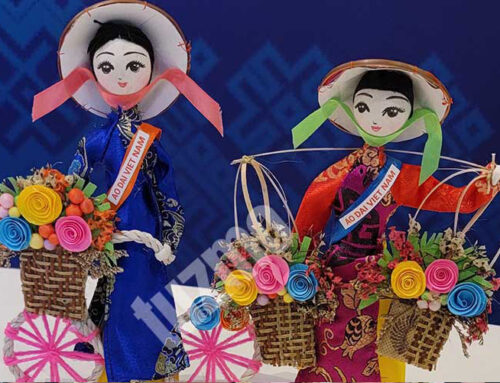A Journey Through Uzbekistan’s Arts and Crafts
Uzbekistan is a handicrafts lover’s dream, with centuries of rich culture influenced by the country’s central location on the Great Silk Road. Whilst it is Uzbekistan’s magnificent UNESCO World Heritage Sites that first lure tourists, the country’s intangible cultural heritage – including music and dance, storytelling, and traditional crafts – captures their imagination and leaves lasting impressions. The eastern city of Kokand is internationally recognized as a World Craft City and hosts the biennial International Handicrafters Festival, with more than 600 participating artisans from countries around the world.
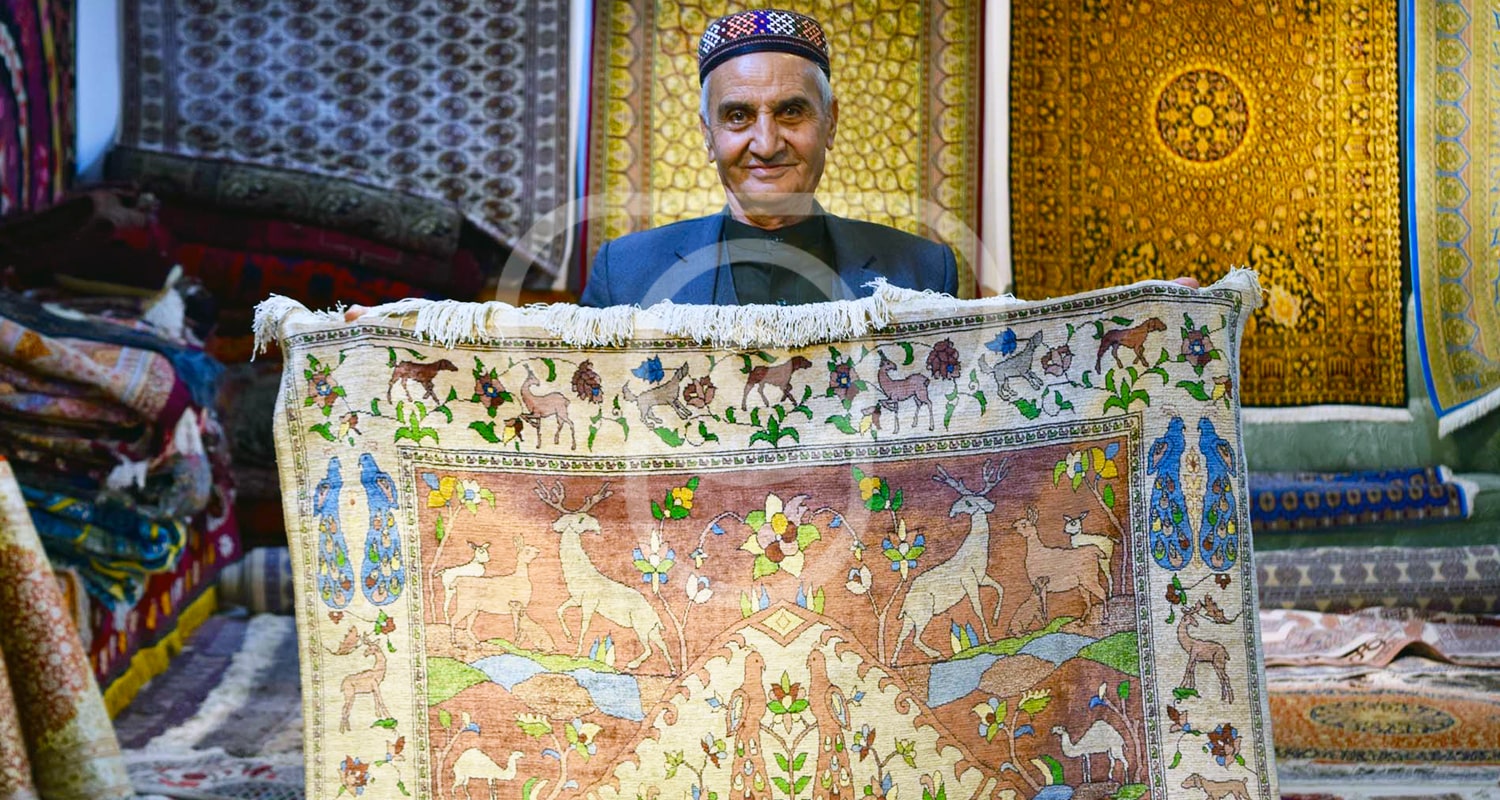
Uzbekistan is home to a rich tradition of arts and crafts. These crafts are a testament to the country’s rich history and culture, and they continue to be practiced by skilled artisans today.
Calligraphy
In Uzbekistan, you will find Arabic and Persian calligraphy decorating everything from historic monuments to manuscripts. One of the major centers for the art of calligraphy is the UNESCO-listed city of Samarkand, where calligraphers historically used a bamboo qalam (a special tool akin to a pen) to write and draw on sheepskin parchment.
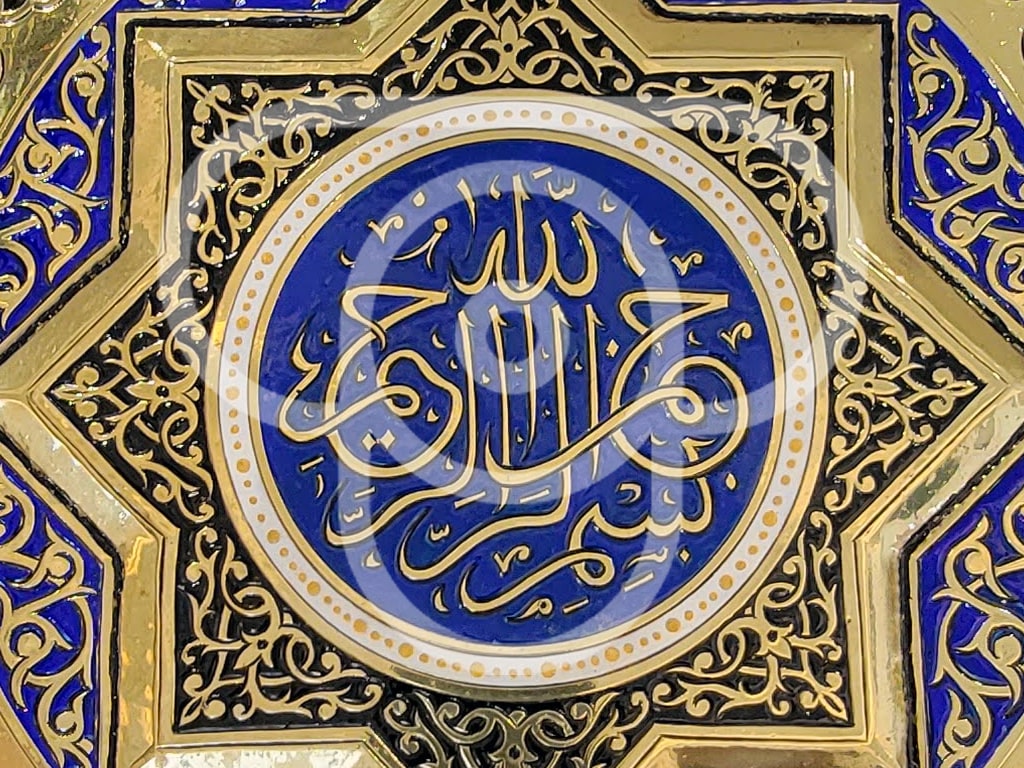
Contemporary Art
Uzbekistan’s Savitsky Museum is home to the world’s second-largest collection of Russian avant-garde art, as well as vast numbers of artworks by Central Asian artists. Contemporary artists in Uzbekistan work in diverse mediums, from oils to collage, photography to digital art, and they exhibit in domestic and international galleries.
Miniature Painting
History’s most famous miniaturist, Bihzad, worked at the Timurid court, including for a time in Bukhara. His artistic descendants still work in the city and across Uzbekistan, producing fine paintings on silk paper, animal skin, and parchment. Historical scenes, birds and trees, and geometric designs are particularly popular in Uzbek miniature paintings.
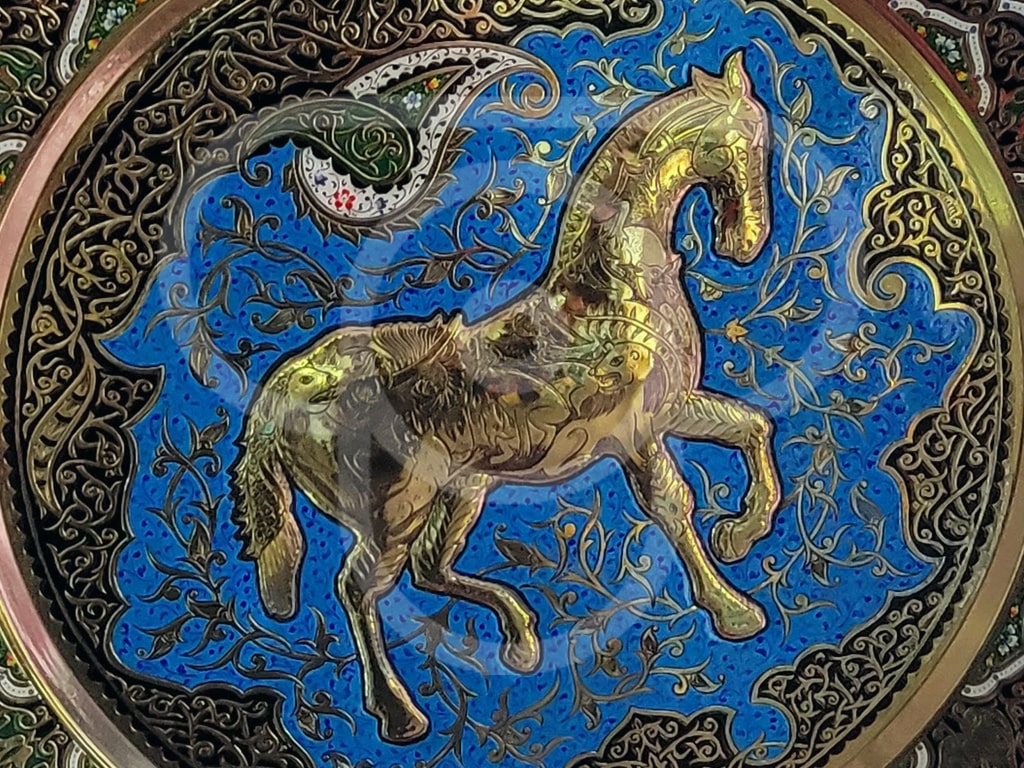
World’s Finest Silk Carpets
Uzbekistan produces some of the world’s finest silk carpets. The craft has been revived in recent years, and there are now workshops across the country where carpet makers, usually women, knot their carpets by hand. The largest and most complicated designs can take up to two years to make but they are magnificent centerpieces for any room.
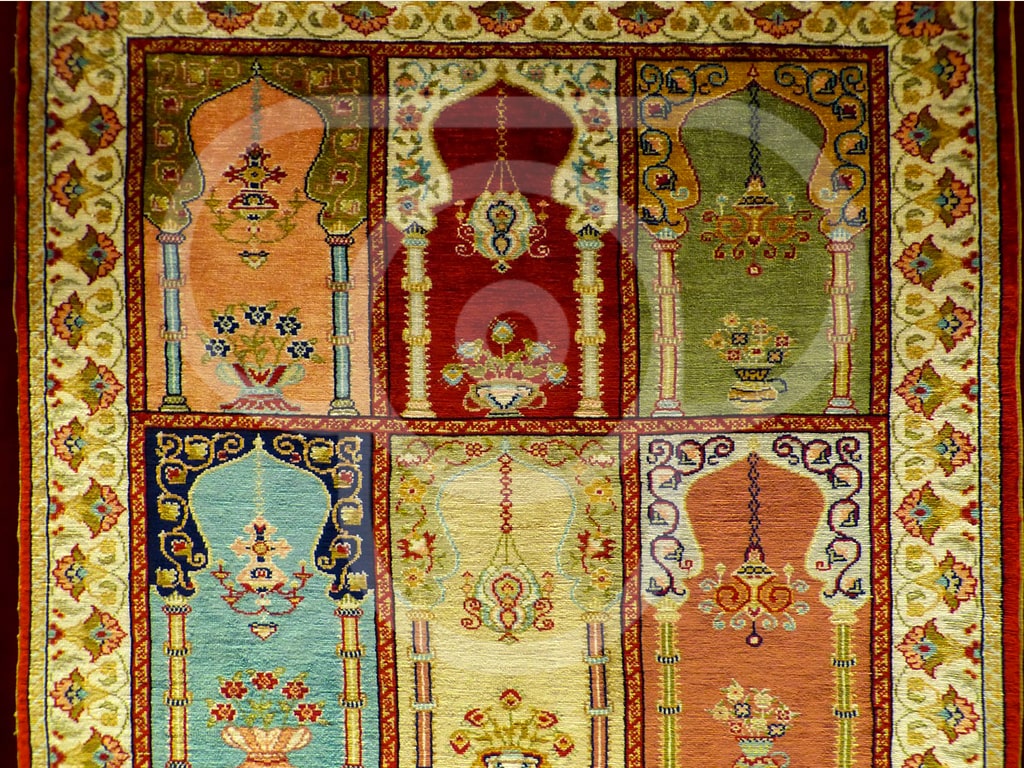
Ceramics
Uzbekistan’s historic monuments are adorned with blue and turquoise glazed tiles, and the ceramics traditions have been passed down to the present day. The towns of Gijduvan and Rishtan are renowned centers of ceramics production, with hundreds of ceramicists forming and painting their products by hand. Their beautiful plates, bowls, and tea sets are always in high demand both locally and internationally
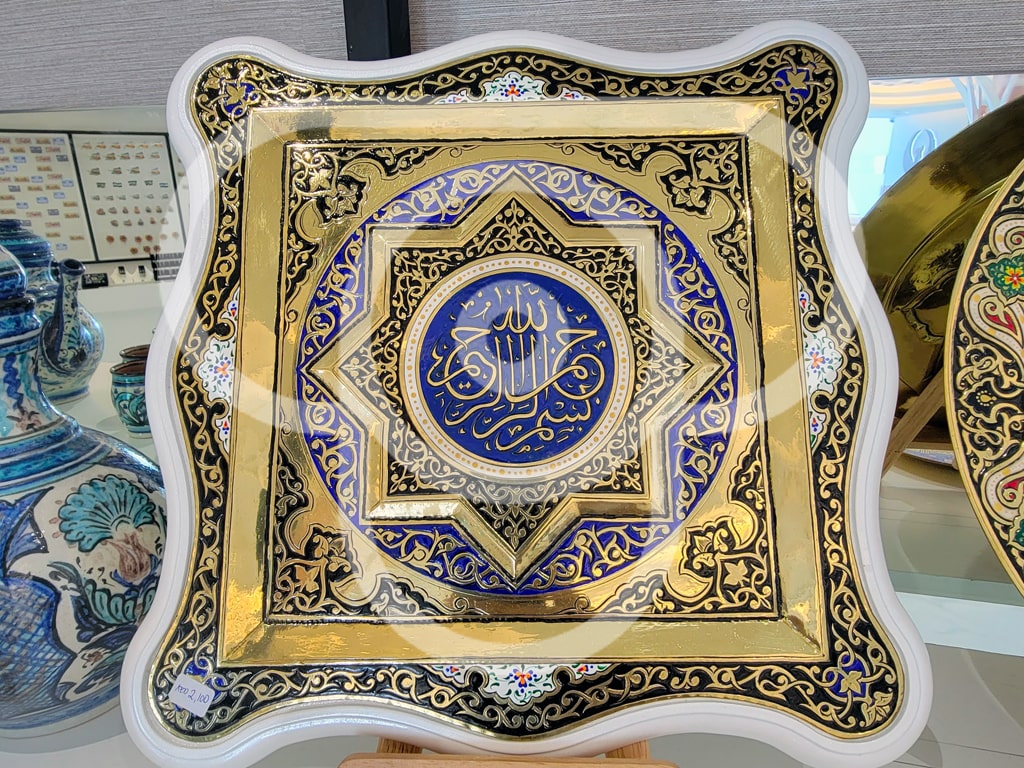
Silk Weaving
Silk is the jewel of Uzbekistan’s handicrafts sector. Weavers dye the threads before they weave them, then use narrow handlooms and the ikat technique to produce fabrics with a distinctive zigzag pattern. These silks are fashioned into dramatic outfits and also unique homeware.
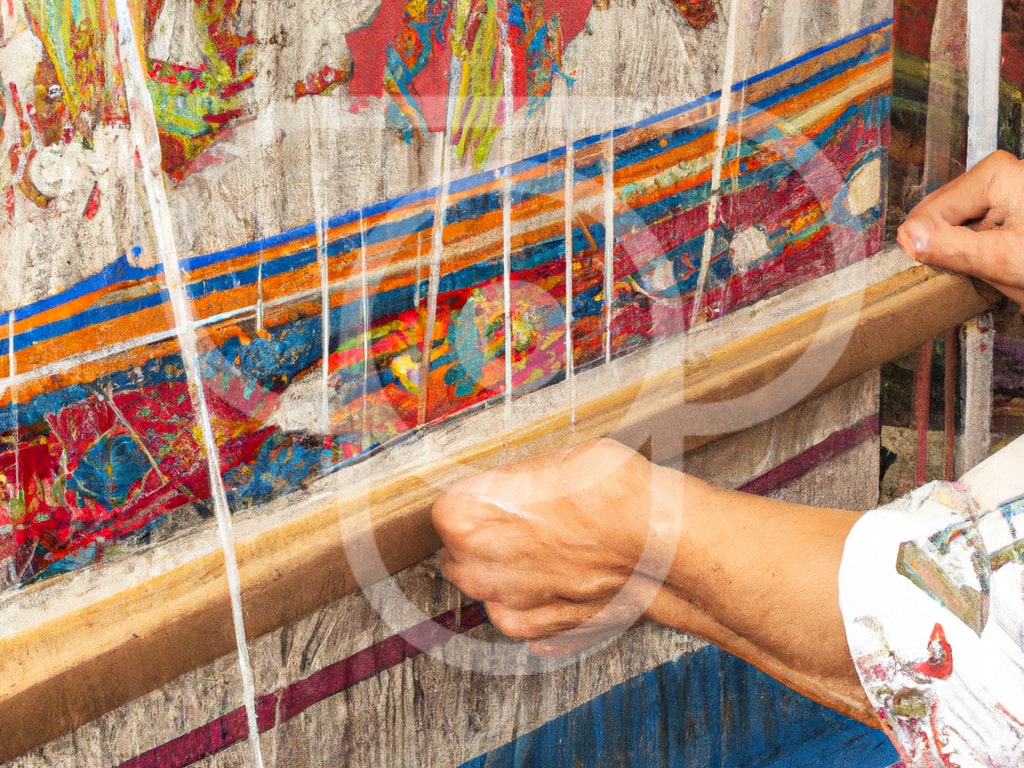
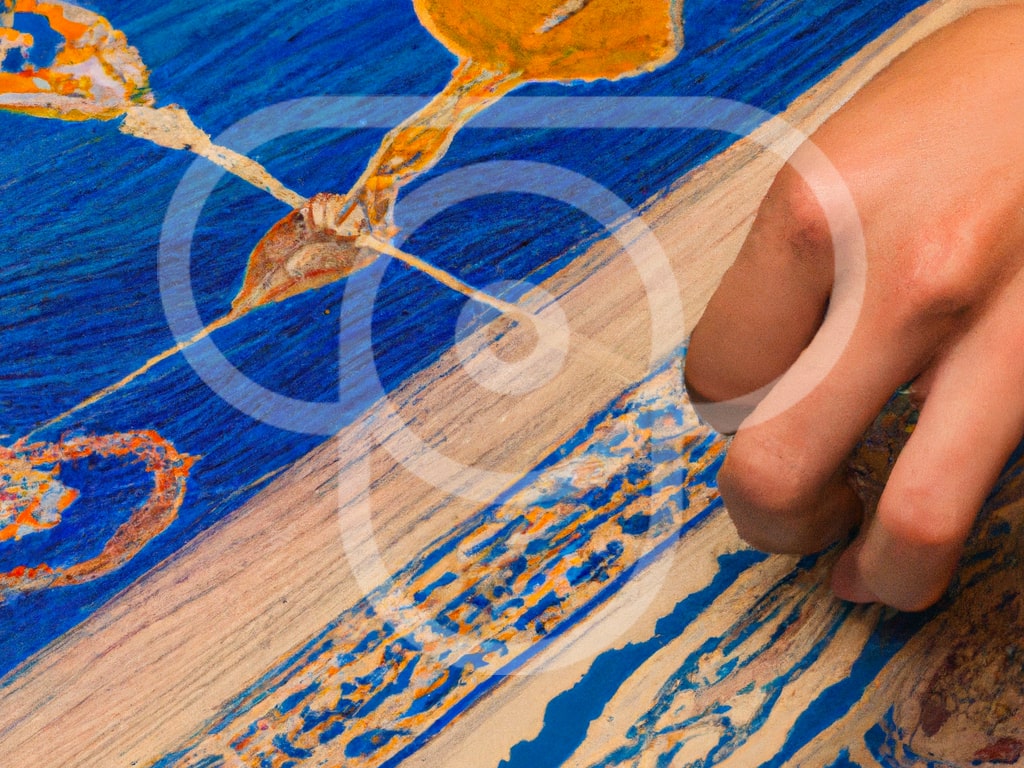
Embroidery
The traditional form of embroidery in Uzbekistan is called suzani, which means “needle” in Persian. In the past, young girls would embroider household items to include in their wedding dowry, and these would become family heirlooms. The best suzanis are embroidered with silk, and popular motifs include red pomegranates, flowers, birds and animals, and the sun and the moon.
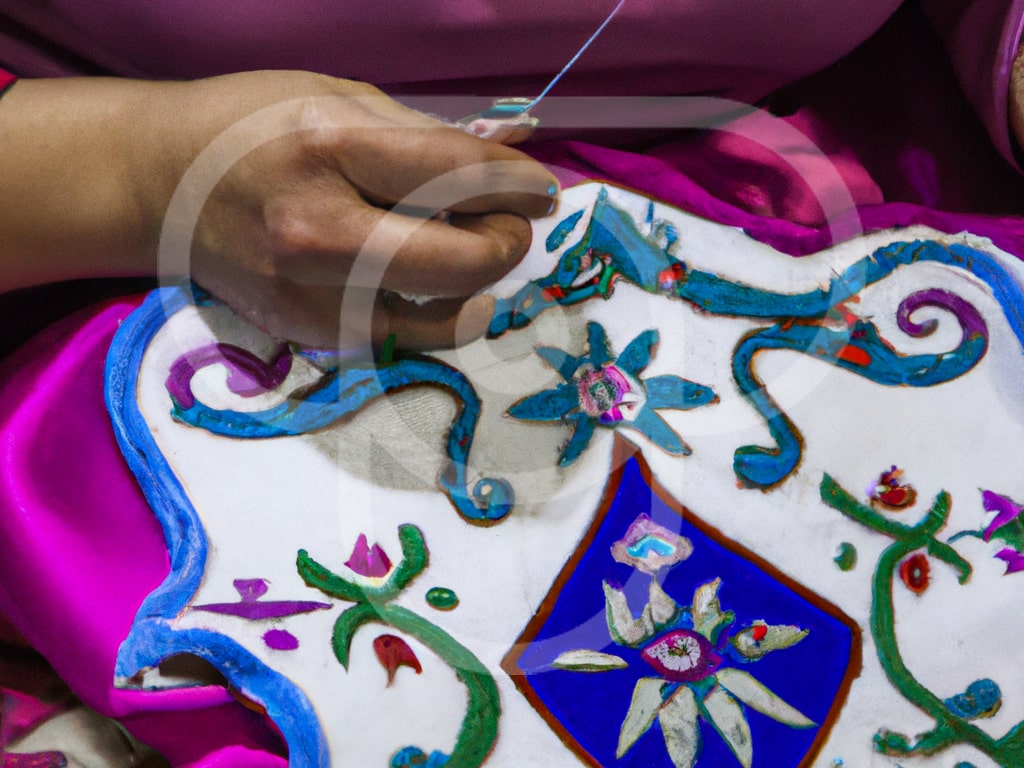
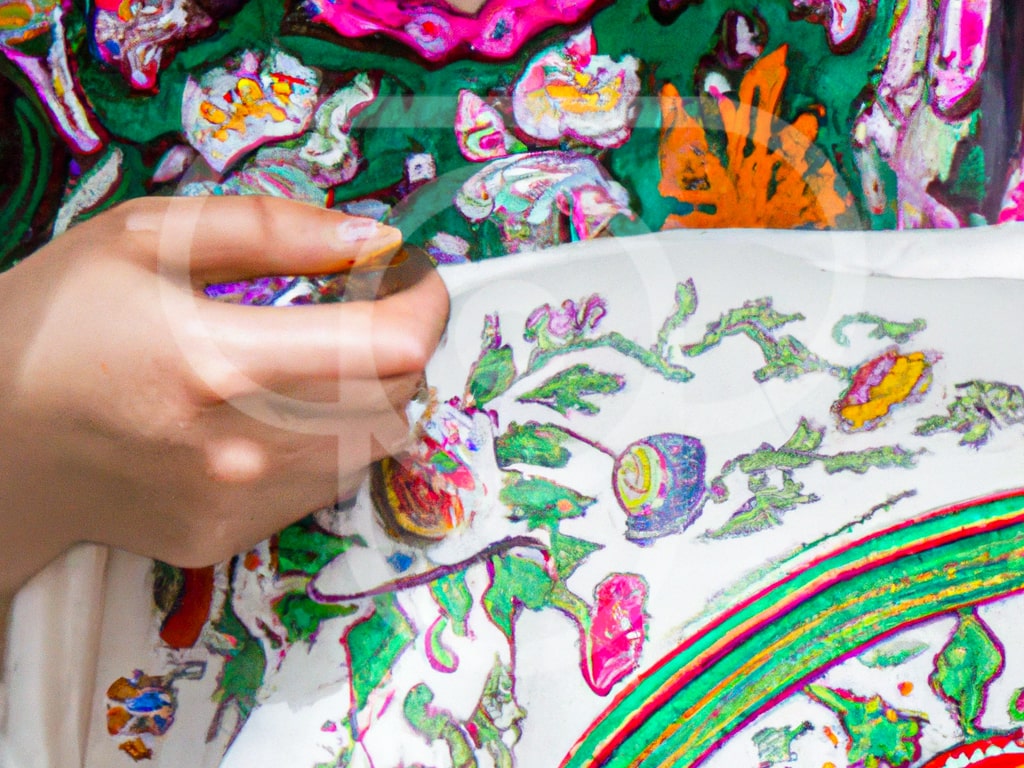
Knife Making
The city of Chust in Uzbekistan’s Fergana Valley is famed for its knifemakers. The blades are forged from incredibly strong Damascus steel, and the craftsmen then add decorative handles made from inlaid wood or animal bone.

Paper Making
Samarkand has one of the world’s longest paper-making traditions: thousand-year-old Persian manuscripts written on Samarkand paper survive to the present day. Interestingly, the fibers are from mulberry wood (required to raise silkworms for silk weaving), and so it is often called silk paper, even though it doesn’t include silk.
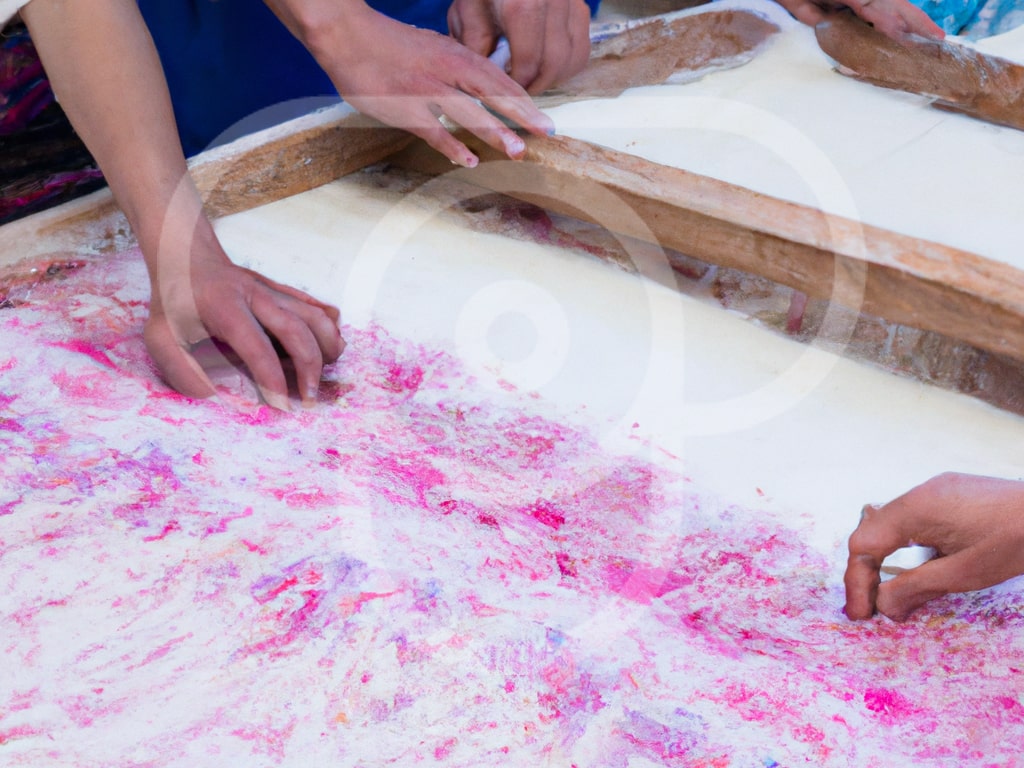
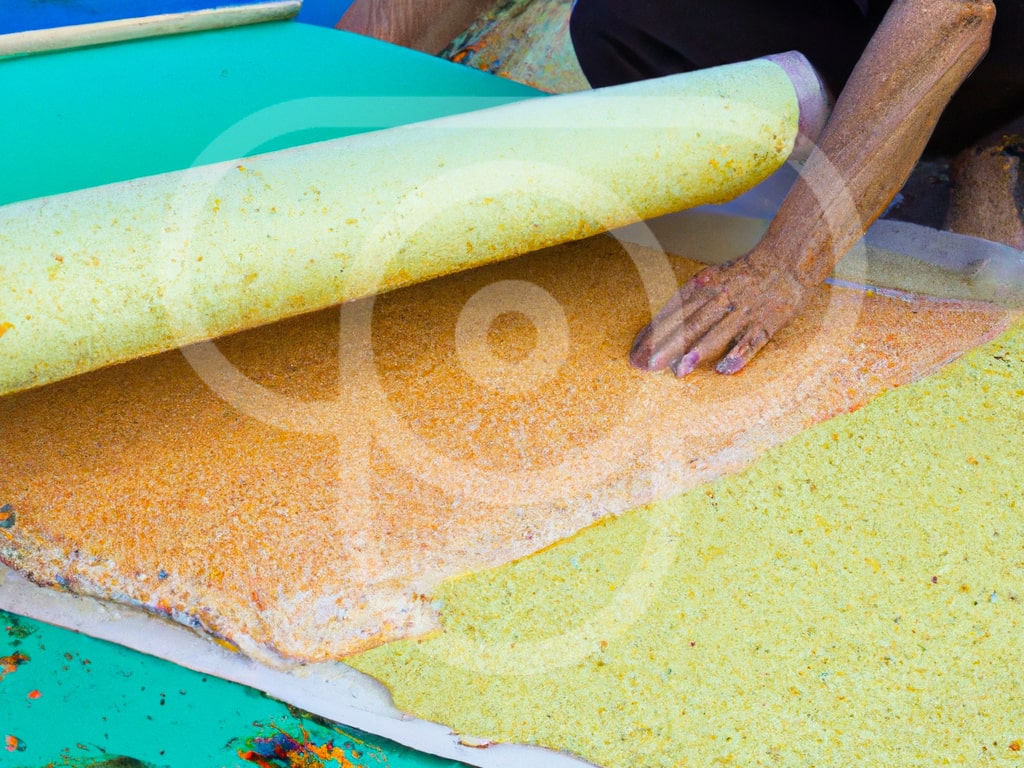
Wood Carving
The mosques and palaces of Uzbekistan are filled with exquisite wood carving, and none more so than the Juma Mosque in Kokand. Wood carving is experiencing a revival, with dedicated workshops teaching the craft to a new generation of artisans. Columns, furniture, boxes, and bookstands are all decorated with floral motifs.
Uzbekistan’s artisans tend to work in clusters, with different cities and towns having different specialties. These skills are passed down from generation to generation, ensuring the survival and nurturing of these Uzbek artisanal crafts. When you are traveling around the country, you can visit their workshops and learn about their work.
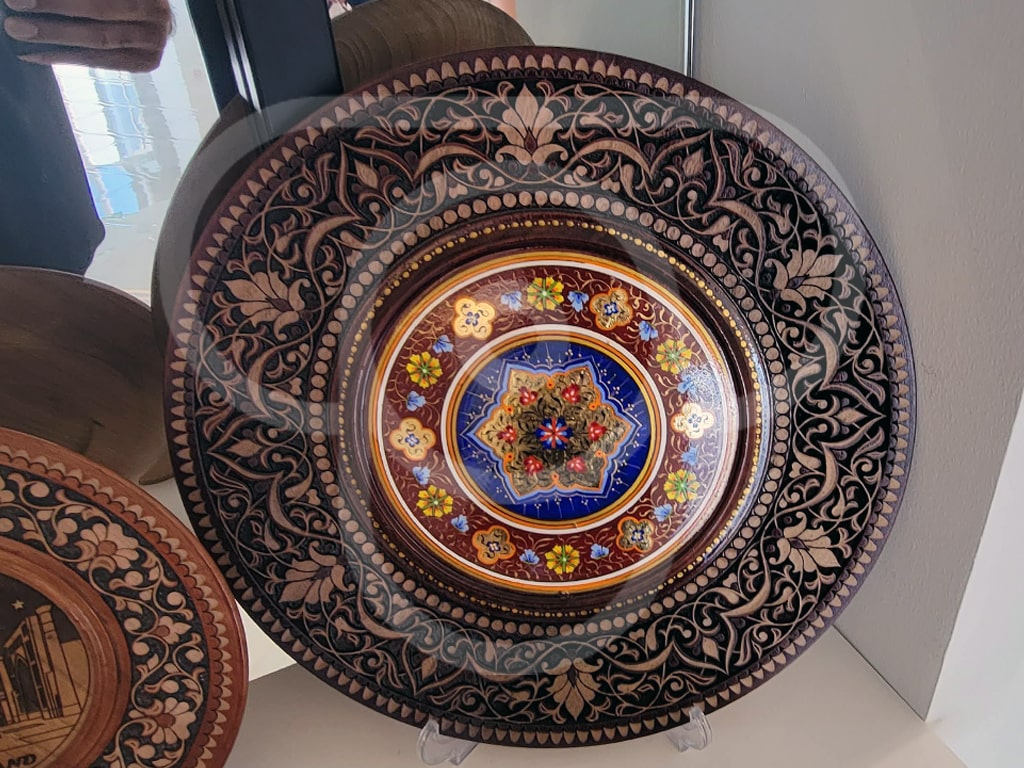
Uzbekistan’s artisans tend to work in clusters, with different cities and towns having different specialties. These skills are passed down from generation to generation, ensuring the survival and nurturing of these Uzbek artisanal crafts. When you are traveling around the country, you can visit their workshops and learn about their work.

